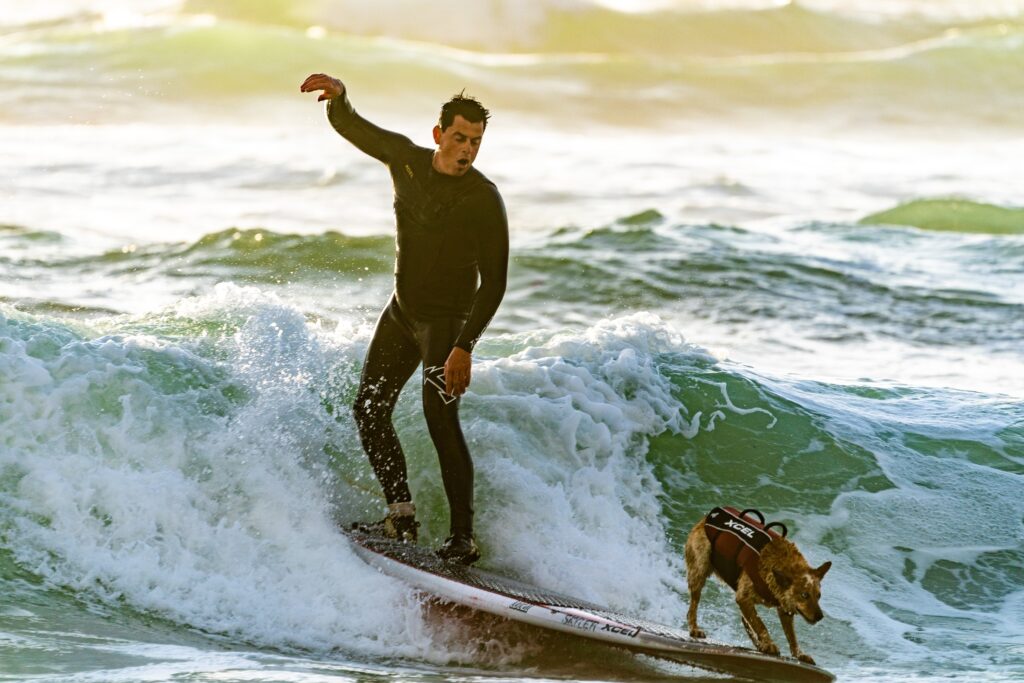
In the 30 years I’ve been giving Zero Balancing (ZB) sessions, I have observed that clients who come for multiple sessions gradually become better able to handle the normal and sometimes excessive stresses that life can bring. Irrespective of the initial reason clients seek help, aspects of their inner and outer lives seem to improve; most notably in their experience of inner stability.
Everyday language has lots of phrases that describe inner world instability. “The rug was pulled out from under my feet.” “You could have knocked me over with a feather.” “I can’t seem to get my legs beneath me.” With so many destabilizing challenges in our lives, having inner stability can be critically important.
Are you familiar with Weebles? A Weeble is a toy that does not fall down. The world outside can tilt and the Weeble may wobble, but it somehow is able to adapt and doesn’t fall down. Weebles are a good example of stability for this discussion. Stability requires maintaining a broad range of adaptability and resilience in response to sometimes extreme external forces. If we have good internal stability, we may wobble but we don’t fall down!
How might we avoid “falling down”? Looking at the physical body, we know that a fall occurs when the person’s center of gravity moves outside their base of support. A wider base is more secure than a narrower base because the center of gravity can move farther without moving outside the base of support. If one removes a leg from a kitchen chair, the base of support is smaller so the chair will tip. A lower center of gravity is also more stable. If we remove a leg from a footstool, it may not tip at all because its low center of gravity may compensate for the smaller base of support.
Try standing on one foot. You feel the wobble as your body experiences a narrower base of support. If you grab a chair you have enlarged your base of support. If you bend your knee, you’ve lowered your center of gravity. Unless you choose to change your position, you will remain stable. The floor won’t move.
What if the surface you are standing on is both moving and unpredictable, like when surfing? The surfer adapts to this challenging situation by remaining in a stable stance; knees bent and feet wide, low center of gravity and wide base of support. The external instability is constant and outside the surfer’s control. It is the surfer’s inner stability, body position and focus that keeps him on the board.
Life often resembles surfing and some waves are pretty big. Zero Balancing can help us find that surfer’s stance in our inner world.
Zero Balancing balances body energy and body structure. Loss of inner stability can occur when joints that function to transmit force or energy become compromised and less able to function optimally. This is quite common and may not even be noticed. If you feel ungrounded or easily knocked down, this may be part of the cause. ZB sessions can restore this function, facilitating the freer movement of energy through our physical structure. Our energy, our essence, can move through and inhabit our bodies more fully, helping us to adopt a surfer’s stance in our inner world. We experience a body-felt sense of increased stability.
Repeated ZB sessions anchor this kinesthetic experience. Stressful times become easier to manage. While some stressors may never feel easy, having an easier time can be a big help. We may wobble yet we experience more adaptability and resilience. We don’t fall down.
Inner stability provides an essential tool for navigating a changing, unpredictable and often unstable world. It helps keep us on our surfboards!
